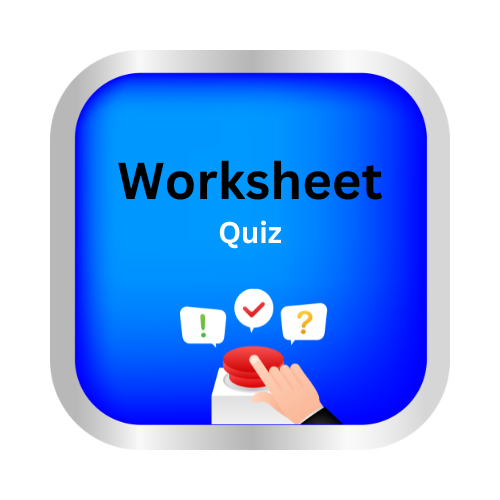Identify all of the possible antecedents
Key notes:
🌟 Identify All of the Possible Antecedents 🌟
| What is an Antecedent? |
An antecedent is the word, phrase, or clause that a pronoun refers to.
Think of it as the “pronoun’s buddy”. 👫
Example:
- Sara loves her cat. 🐱
- “her” refers to Sara → Sara is the antecedent.
| Why Identify All Possible Antecedents? 🤔 |
Sometimes, a pronoun could refer to more than one word.
To avoid confusion, we must look carefully at the sentence. 👀
Example:
Liam told Alex that he would win the race. 🏃♂️
Who does “he” refer to?
- Could be Liam ✅
- Could be Alex ✅
| Steps to Identify All Possible Antecedents 📝 |
Step 1: Locate the pronoun in the sentence. 🔍
Step 2: Ask, “Who or what could this pronoun refer to?” ❓
Step 3: Check the nearest nouns that make sense. 🧠
Step 4: Make a list of all possible antecedents. 📋
| Examples with Multiple Possible Antecedents |
1. Emma gave Mia her book. 📚
- “her” could refer to:
- Emma ✅
- Mia ✅
2. The dog barked at the cat because it was scared. 🐶🐱
- “it” could refer to:
- the dog ✅
- the cat ✅
3. Jack told Ben that he would help him. 🤝
- “he” could refer to:
- Jack ✅
- Ben ✅
| Tips to Avoid Confusion 🌈 |
- Look at verbs and context: Who is doing the action? ✍️
- Check for plural vs singular: Pronouns must match number. 🔢
- If unclear, rephrase the sentence to make it clear. ✨
Example:
- Original: Liam told Alex that he would win.
- Clear: Liam said, “I will win,” to Alex. ✅
| Practice Makes Perfect! 💪 |
- Highlight all pronouns in a paragraph. ✏️
- Circle all nouns that could be the antecedents. 🔵
- Discuss why each noun might or might not be the antecedent. 💬
| ✅ Remember: |
A pronoun can sometimes have more than one possible antecedent, so always look at the context carefully. 🧐
Let’s practice!🖊️

